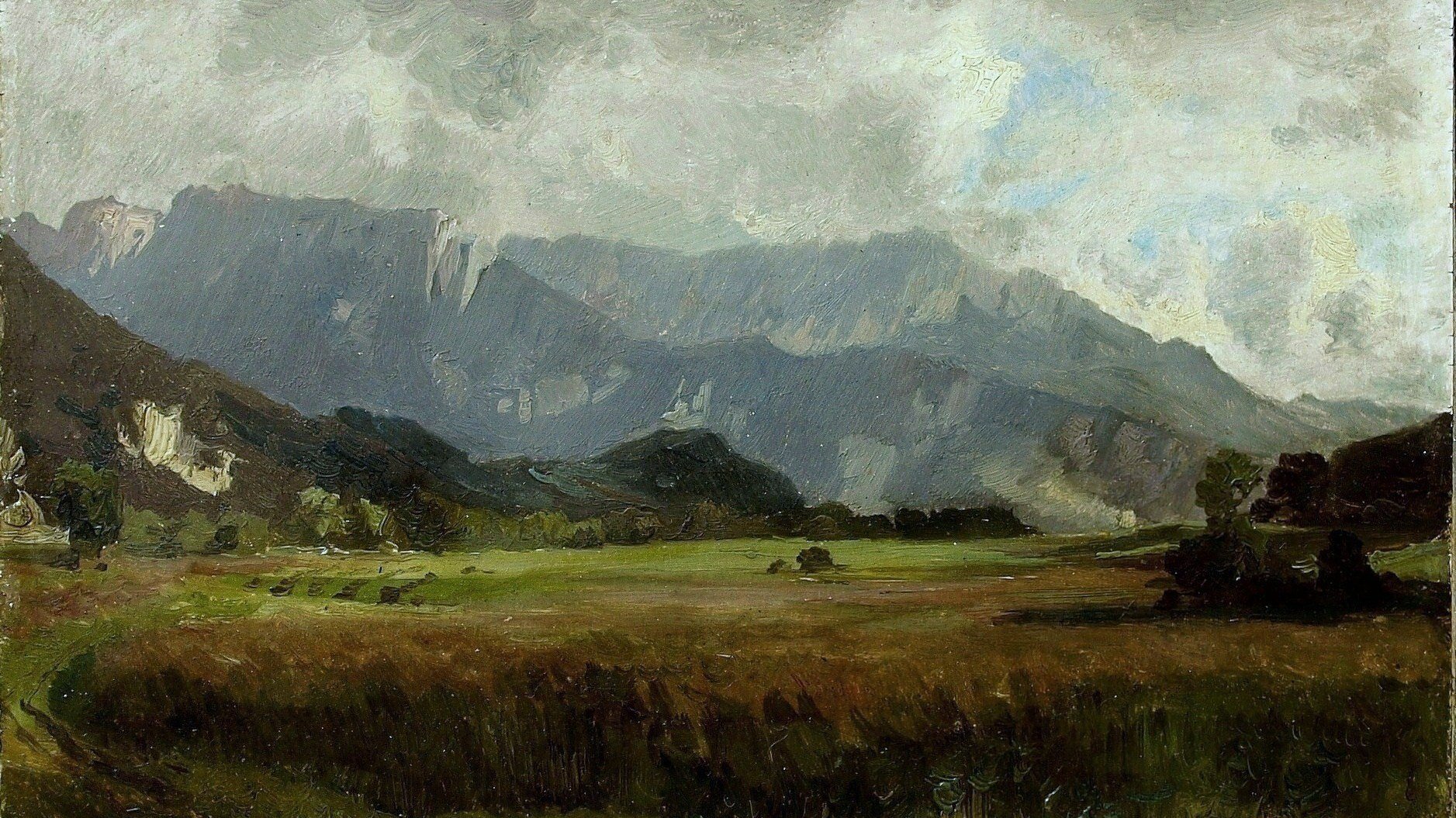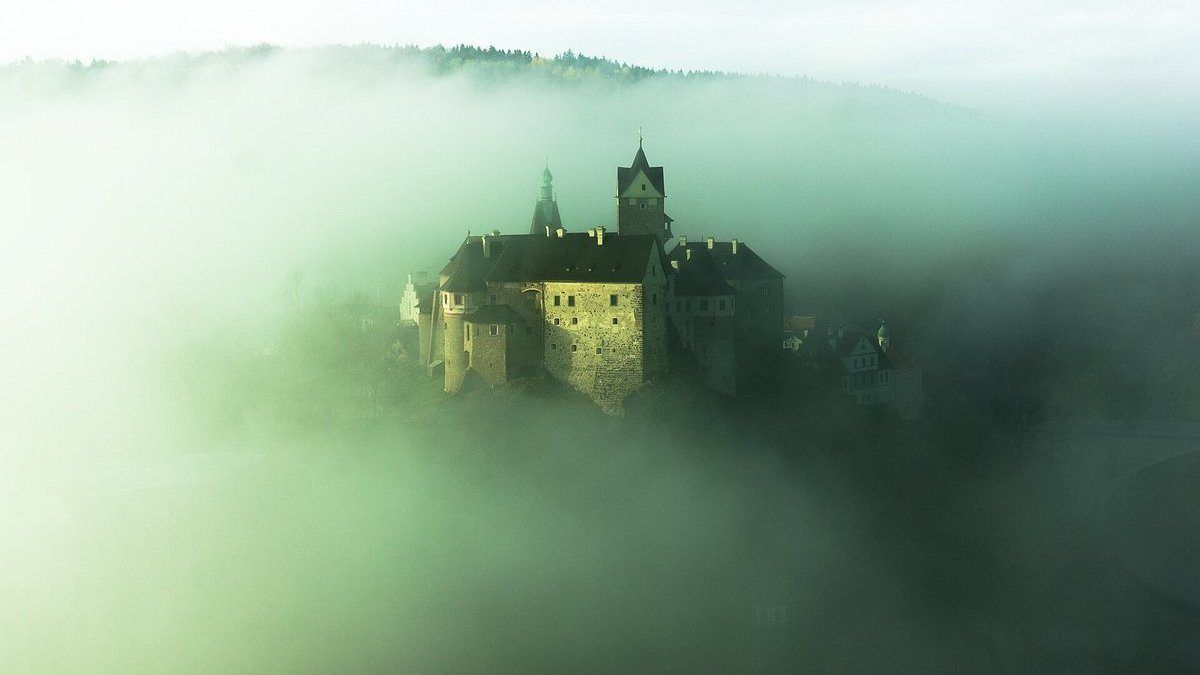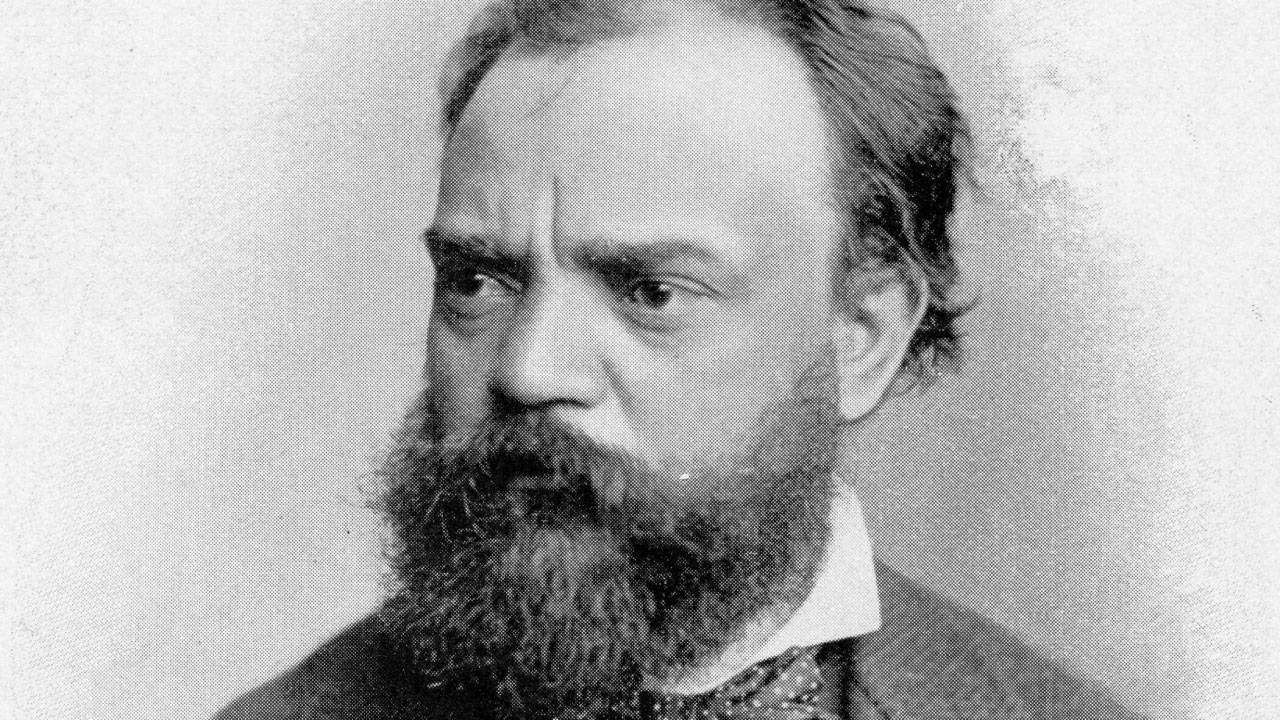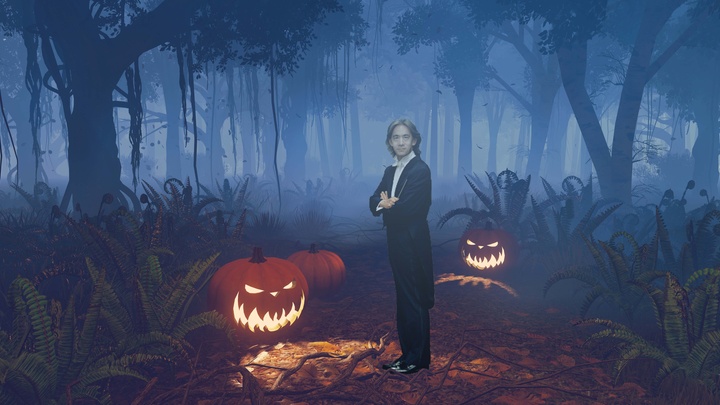Dvořák’s String Quartet No. 14 in A-flat Major: The Cleveland Quartet
In 1892, Antonin Dvořák left his beloved Bohemian homeland to accept an invitation to serve as director of New York’s National Conservatory of Music. In his words, Dvořák had been brought to the New World to “discover what young Americans had in them, and to help them express it.” During the nearly three year stay, Dvořák traveled as far west as Spillville, Iowa, and composed some of his most famous works, including …







